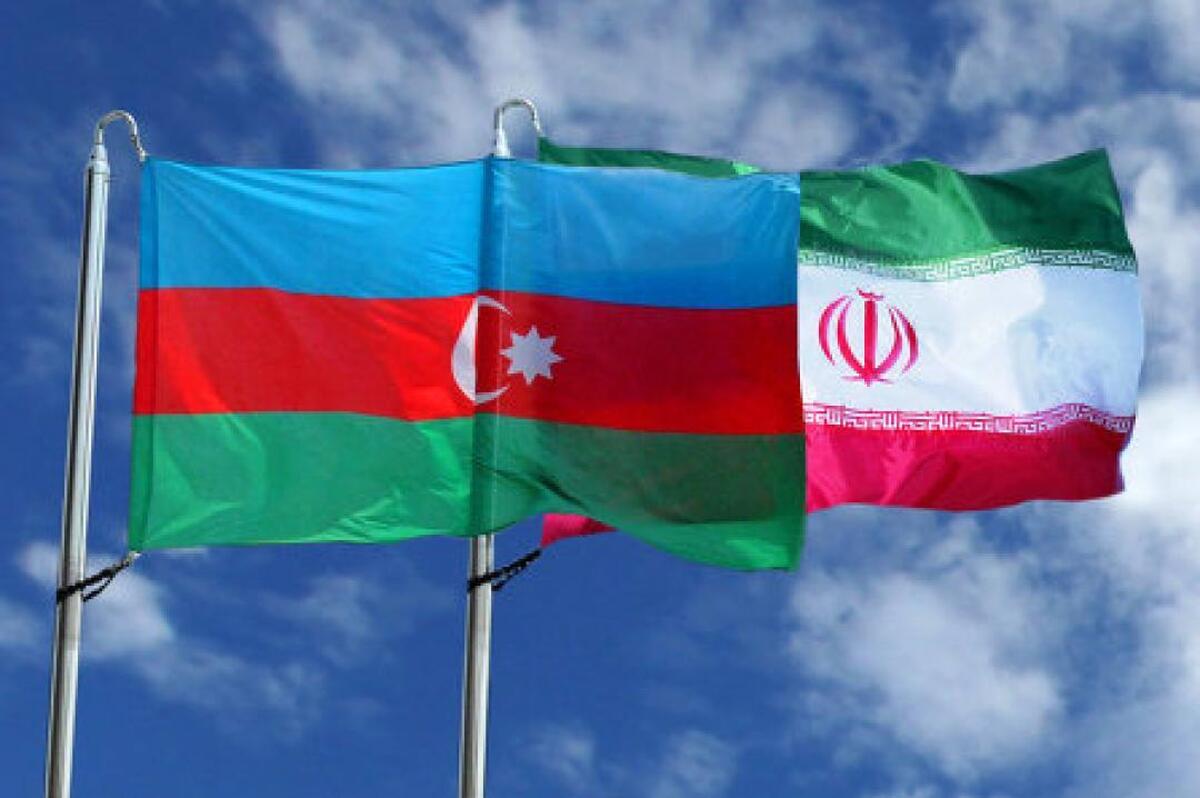
Assets on Divestiture List of Banks Valued at $3.6 Billion
EghtesadOnline: New estimations indicate banks and credit institutions affiliated to the government own non-banking assets worth 900 trillion rials ($3.6 billion), the deputy economy minister for banking, insurance and state-owned companies said.
"The value of state-owned lenders' assets is assessed at a regular interval of six months," Abbas Memarnejad was also quoted as saying by IRIB News.
The government-controlled banks and credit institutions sold shares and non-financial assets worth 110 trillion rials ($440 million) since the beginning of the current fiscal year in March up until January.
According to Memarnejad, of the total ceded assets, 31 trillion rials ($124 million) pertain to shares of state banks listed in the stock market and 79 trillion rials ($316 million) constitute non-financial assets of banks, namely real-estate properties.
The assets were owned by Bank Saderat Iran, Bank Melli Iran, Bank Sepah, Tejarat Bank, Bank Mellat, Bank Maskan (the agent bank of the housing sector), Post Bank, Exports Development Bank, Bank Keshavarzi and Bank Refah Kargaran.
“Banks have sold a total of 330 trillion rials ($1.32 billion) in assets in the past three years, including 170 trillion rials ($680 million) in shares and 150 trillion rials ($600 million) in assets,” the official said.
Memarnejad acknowledged that the prolonged downturn in the stock market has impeded the lenders' efforts to divest more, noting that they await better market conditions to resume divestiture.
"Unfortunately, the capital market’s conditions are not favorable and we look forward to a more stable market condition to divest large companies affiliated to banks," he said.
Selling nonfinancial assets are in line with obligations announced by the government requiring banks to give up non-bank operations and focus on their original mandate, namely lending to manufacturers and businesses.
He pointed to ceding portions of Omid Investment Group, the investment arm of Bank Sepah, and the National Development Investment Group, the investment subsidiary of BMI as two divestiture projects that were completed successfully during the heydays of the stock market in the first five months of the current fiscal year (March-August).
As an example of a bank-based initial public offering during the stock market downswing, he pointed to the listing of Sepehr Saderat Financial Group Company, an investment subsidiary of Bank Saderat Iran.
The investment company in September offered 20% of its stake worth 60.6 trillion rials ($242 million) at Iran Fara Bourse, the junior equity exchange. Although it was well-received by investors at IPO, its secondary trade was a failure impacted by a general bearish market trend.
New Divestment Rules
The Central Bank of Iran in December announced new guidelines for divesting non-financial assets of banks and credit institutions.
If a bank or credit institution fulfills all the requirements and formalities for divesting assets, it will be exempt from penalties stipulated by law.
However, there should be valid proof that a lender’s failure to complete the divestment process was due to a force majeure or "unavoidable reason” that will be confirmed either by CBI or Securities and Exchange Organization.
The guidelines also stipulate that "the value of banks' excess or non-financial assets must be determined by certified judicial assessors".
In addition, the divestment should be undertaken only via auctions. If lenders fail to sell assets in the first auction, they need to hold at least three more auctions at regular intervals in a month. As for the the terms of sale, assets can be sold to buyers in cash or installments.
The new instructions are drawn from the array of rules ratified by the Majlis in 2015. Accordingly, banks and credit institutions are also obliged to annually divest at least 33% of their non-financial assets over three years. The obligation also covers divestment of shares in listed companies and banks can use the earnings to boost capital.
If lenders fail to abide by divestment rules, they have to pay 28% of their income from non-bank activities as tax during the first year of the implementation of the law. In subsequent years, 3 percentage points will be added to the rate until it reaches a maximum of 55%.
Lenders’ assets have piled up over years mainly due to impaired loans, bad debts, settlement of government debts to banks, closure of branches and failed investments.


